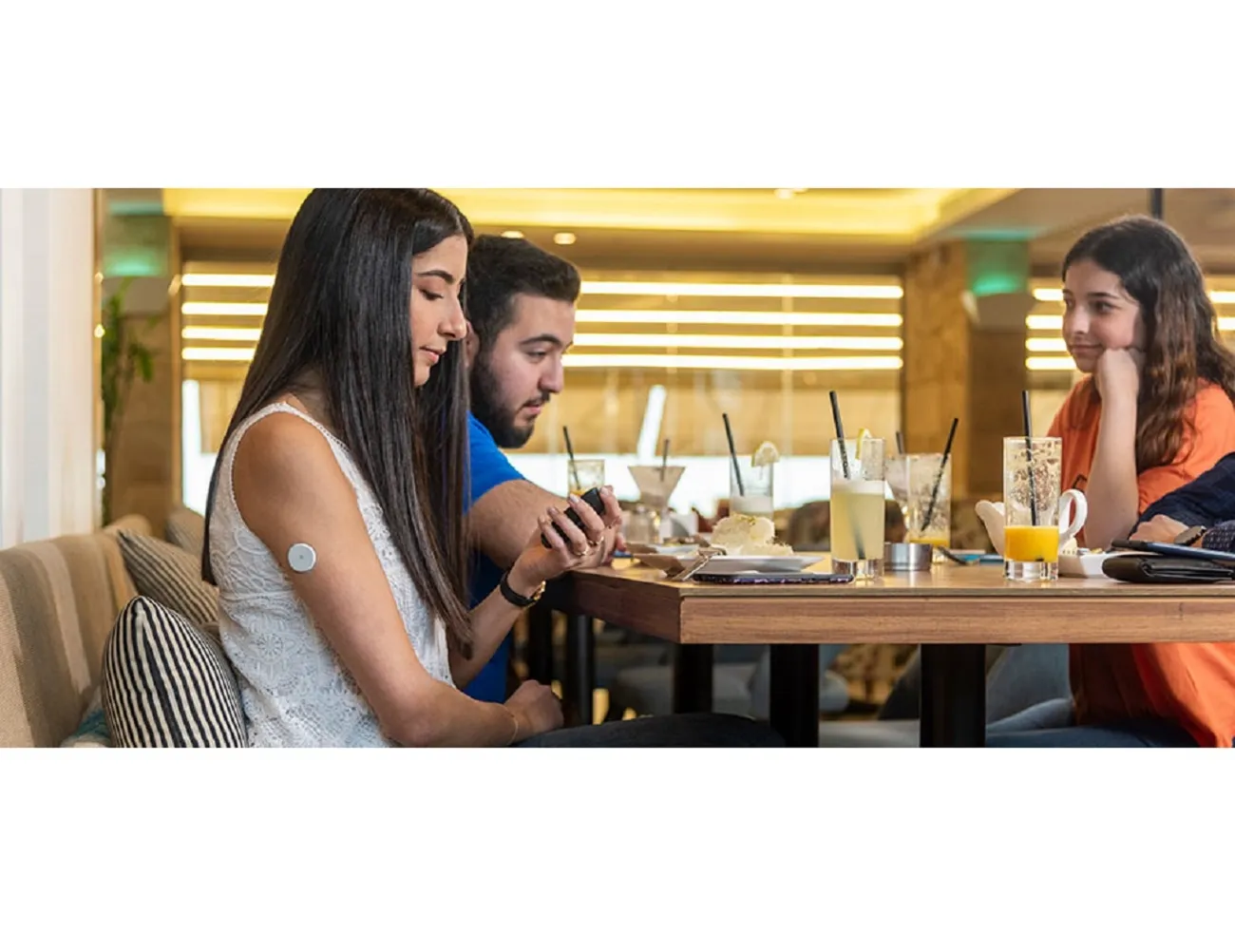For any person, managing diabetes may seem like a game of numbers.And, in fact, the importance of maintaining glucose levels within the range prescribed by a specialist should not be overestimated, so being aware of the data is vital.
“For developers of new diabetes management technologies, everything is numbers.As with the continuous glucose monitoring system (CGM) - devices that provide precise readings [1] of glucose levels and information about the ranges, that is to say where they were, where they are now and where they can go.
"That data on glucose - the true, continuous and revealing numbers - are our approach, the star of the north and our reason for being," added Dr. Barbieri.
The numbers provide value and are a part of the history of each person who lives with diabetes.But, they are not its complete story.
Why is stress by diabetes generated?
Living with a chronic condition can generate stress since you must follow a routine loaded with responsibilities.This is the starting line for those who live with diabetes.In addition, it is important to consider that they always need to know their glucose levels, as well as what are the foods they will eat and make sure they have the appropriate snacks nearby.Nor can they ignore how day activities can affect glucose levels, how their condition can have an impact on others and what they should do in case the levels fall.The constant challenges become obvious, and this feeling has a name: diabetes stress.
This concept refers to "stress and tensions, thoughts and feelings that accompany people's concerns with this condition, while fighting it over time," said Dr. Susan Guzmán, co -founder and director of Clinical Education in Clinical Education inBehavioral Diabetes Institute (BDI) [2].
Managing diabetes is a demanding job and may seem complicated.It is especially important because people with stress can have problems associated with diet, exercise, adherence to medicines and quality of life, none of which makes living with this condition easier.
"Learning that you have diabetes can feel less as a diagnosis and more as a threat to your lifestyle," said Guzmán.«This discovery implies fundamental personal changes that may seem exhausting.Taking care of your mind is as important as taking care of your body to lead a healthy life.People can experience feelings of hopelessness and exhaustion. "
connecting the points to handle
It is important to synchronize the focus of the new devices with the behavioral/ psychological problems of diabetes care.One way to do it is by giving technology the opportunity to change lives.
«We must understand how technology and psychology interact to generate a change in behavior, resulting in an improvement in both mental health and results.We are always looking for a different way to connect those points, ”said Douglas Barbieri, Regional Medical Director of Abbott.
"It is impressive that continuous glucose monitoring technology has transformed diabetes management, so we have the responsibility to unlock the total impact of these devices," said Dr. Barbieri."The device provides the data, but empowerment comes when people get involved and interact with it."
The results and changes are individual."It is not a unique solution for all," added Dr. Barbieri.«You must know where the person is today.ByExample, some could fear the decrease in levels, then technology could relieve that anxiety through providing information that can help them control hypoglycemia. ”
«Another person may have given indications about what food eating or what exercise, and at first they may seem only words or simple recommendations.But when they obtain the information that shows the impact of that action or consumption of that food on their glucose levels, in real time, the information has new relevance and credibility, ”he added.
a step closer to well -being
The proper use of the device allows it to become an important tool for the education and management of diabetes.«Not only are they being told what a certain action will have an effect, but they are seeing the impact by themselves.This is the type of knowledge that will stay with them and inspire a better decision making, ”added Dr. Barbieri.
These numbers are no longer just isolated data.Continuous glucose monitoring provides users with a window in their bodies so that they can see and manage diabetes better and help eliminate ambiguities and concerns, replacing them with hope and a sense of freedom.
This "inner look" is not necessarily limited to the person who lives with diabetes.Stress around diabetes can be reduced when the person feels less isolated and shares the understanding of their condition with the family and community.
reviewing the solutions
How to better address these sensitive issues?Once again, there is no single approach.
It is often about consulting with people about how they are doing it, opening the door to share and recognize that they are going through a lot.It is a simple concept, but the simple is not always easy.It can be difficult for both sides, one worried about being intrusive and the other for overloading others.
However, the conversation is often the answer.It is not necessarily what is important, but sometimes just letting someone speak about their condition and letting them know that it is important is a great way to make a person feel good and supported.
Even a neutral third can help cross that division.For example, devices can be used to start conversations when data are a easier discussion unit or when the technological talk opens communication lines.Talking about what diabetes is, the impact of certain foods or the need to have information to stay healthy can lead to more personal conversations.
Ultimately, diabetes is a condition of self -management, where self -awareness and self -care extend beyond the physical."The most important thing you should remember is that you are not alone," said Dr. Guzmán."If you live with diabetes, it is important to act and ask if you feel overwhelmed."





